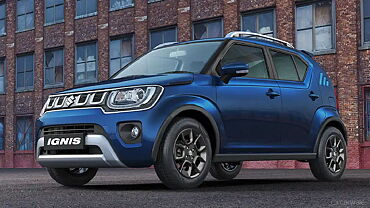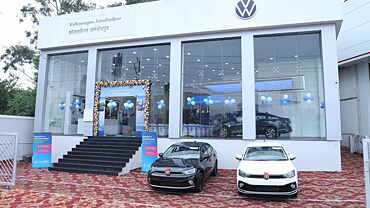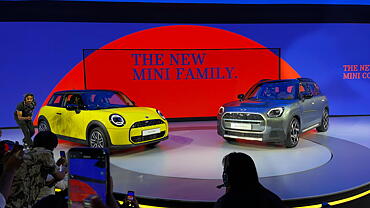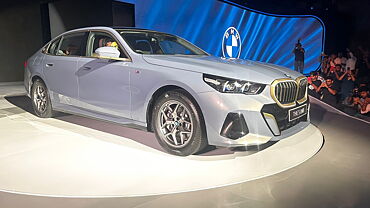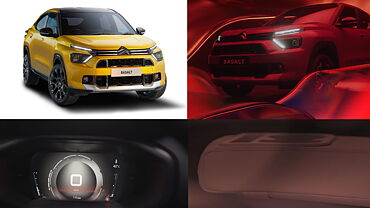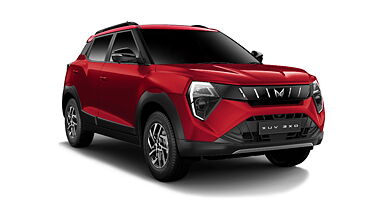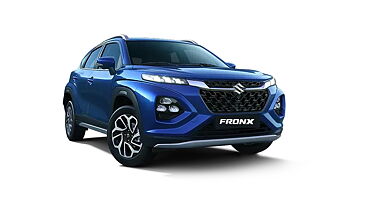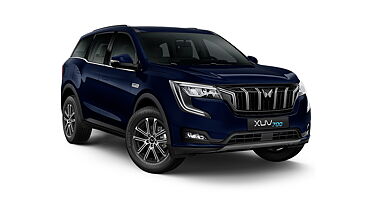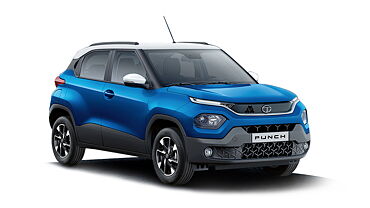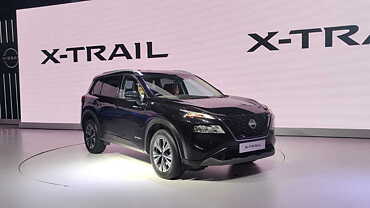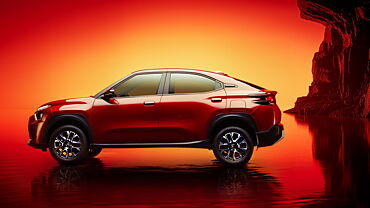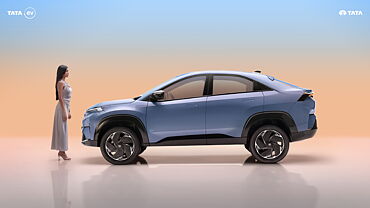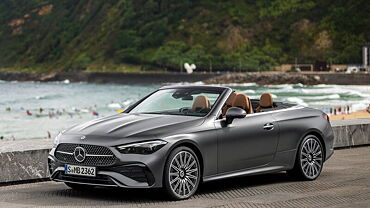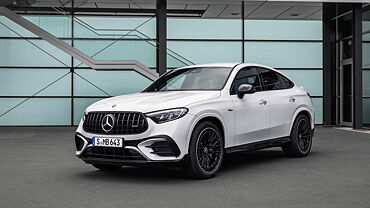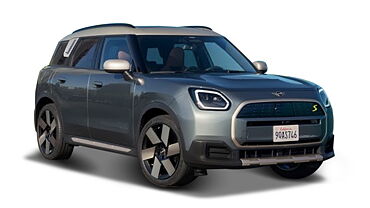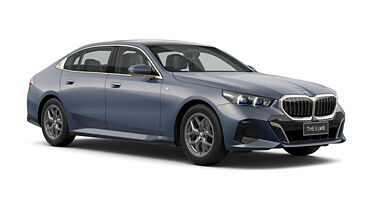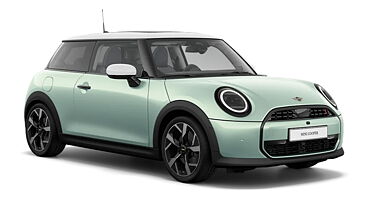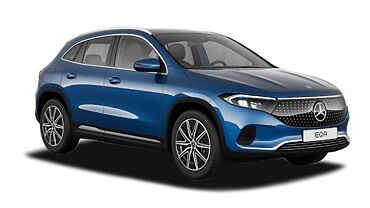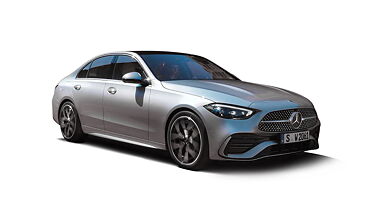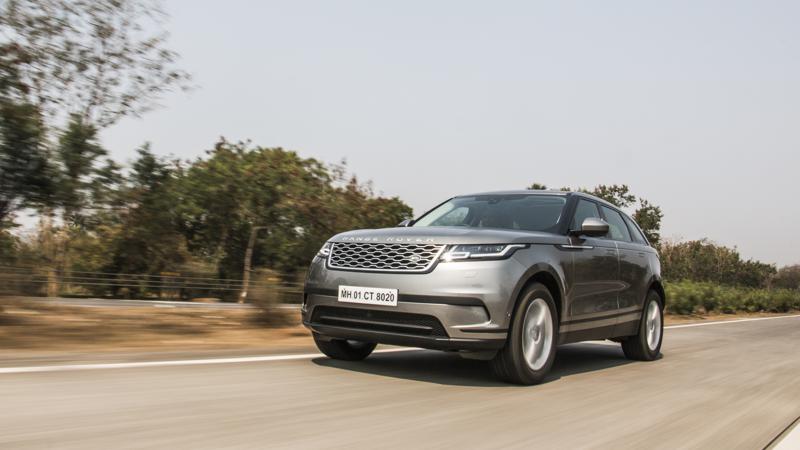
Opening
Range Rover has finally jumped into the coupe SUV market with the Velar. It’s a new vehicle and a new body style for the British automaker but with a name revived from its history pages which, in this case, was the moniker attached to the pre-production models of the original Range Rover. With things heating up for anything that is connected to SUVs these days, it only seemed like a matter of time before one of the world’s foremost brands in the matter made its foray into the body style. It’s based on the same platform as the XE, XF and obviously the F-Pace, but it is a Range Rover in every aspect. There’s 25 variants to choose from and across three engine options.
Appearance Exterior
Range Rover has jumped into a booming segment and done in it in the most Range Rover way possible. Today’s cars are defined by heavy lines but the Velar has very few and yet even once glance is enough to tell you where the car has come from, in fact even the door handles are flush with the body when the car is locked or on the move.
On the face you get those signature Range Rover headlamps while in profile you can see the Velar’s coupe SUV line thanks to the roofline sloping towards the rear. Move over to the rear and you get another taste of the unique design and positioning (in the Range Rover hierarchy) thanks to the layered design, tail lamps and of course the tapering glass area.
The car that we have driven is a mid-level SE variant. This means you don’t get add on bits or extra oomph like the R-Dynamic package which instantly transforms the Velar from a business carry-all to designer handbag. However, even in this sleeper mode it’s very good looking and definitely has a presence.
Appearance Interior
That the exterior reflects the interior is perhaps the best phrase I could use to describe the cabin of the Velar. It’s a restrained design but no so much that you miss out on the fact that even in this mid-spec trim, this is still a Rs 80 lakhs car. Having said that, I can also safely tell you that you get almost all the features that one would expect in a car in this price range putting even this mid-spec SE variant on par with the competition in terms of tech and toys. This list includes electric adjustment for the front seats, auto dimming mirrors, electric recline function for the second row and four-zone climate control.
Of particular interest is the new infotainment system a.k.a Touch Pro Duo that has debuted with the Velar. You get a tilt-adjustable 10-inch touch screen fitted with JLR’s latest Touch Pro system. It’s a big step up from the older generation infotainment system and now has all the features required to put it on par with the competition. You get a second colour HD display to navigate the functions of the climate control system as well as the terrain response system. In addition to these two screens, you also get a fully digital dashboard and touch sensitive buttons on the steering wheel.
Now this is all good as everything puts on quite a show and it plays well into the image of the car being a modern, trendy offering among the many players in this part of the market. However, there are a few flaws with this dependence on touch systems. It’s prone heavily to fingerprint smudges, not as intuitive to use as some of the systems from the Germans and in heavy sunlight (which is most of India) the ambient reflections are quite strong on the display.
At 4.8-meters and with a wheelbase of 2.8-meters, the Velar offers a lot of space inside for four people to sit comfortably. There’s leather all around and points of regular contact have all been given soft touch plastics but considering everything it does enough to stay on par with its rivals in the segment.
Performance Drive
Powering this version of the Velar is a 2.0-litre four-cylinder petrol engine from the Ingenium family of motors. It’s a new generation of petrol engines from the automaker that produces a healthy 247bhp/365Nm with power going to all four wheels via a ZF eight-speed gearbox and Land Rover’s terrain response system.
The engine is quiet, refined and you get access to the 365Nm of torque as low as 1500rpm giving you a significantly powerful punch in the low end and mid-range which is pretty much where you would on most of our road systems. In fact, it’s only when you start pushing the car well into three-digit speeds does it start to lose its surge and the engine cracks out a strained noise.
You also get the Velar with 2.0-litre four-cylinder diesel or 3.0-litre V6 diesel and in the case of the latter, it’s only available in the higher spec trim levels.
The Velar may share a platform with the likes of the F-Pace and now the I-Pace too, but it is a larger vehicle and dynamically feels more SUV than sedan on stilts. At 1.8-tonnes, it’s not a car that changes direction quickly and there is body roll and pitching that comes with the SUV body style. However, with the right kind of planning before you hit the turn, you can get a rewarding experience as you go from point-to-point. The response from the steering is a nice balance between being responsive at speed but light enough for you to not struggle at lower speeds.
Where the Velar manages to shine is in terms of ride quality. There is an underlying firmness to the ride quality but there is also a suppleness to the way in which everything is absorbed. On the regular undulations you don’t get much more than a muted thud and on the really nasty stuff, it’s more of a minor jolt rather than something you feel in your spine. This is no doubt in some part down to the massive 255/55 tyres that the Indian spec car gets.
It’s a Land Rover and this means you get their Terrain Response system which offers you six driving modes. Dynamic, Eco, Comfort, mud ruts, gravel and snow. Each of these, in this P250 SE variant, alters the response of the steering and throttle and gives you a driving response accordingly. Our car gets a conventional suspension whereas in the higher spec models you also get an air suspension which is adjustable. Adding to the list of toys you also get an auto locking differential and hill descent control.
Tech Specs
| Make | Range Rover |
| Model | Velar |
| Fuel | Petrol |
| Variant | P250 SE |
| Engine Capacity | 2.0-litre |
| Max. Power (bhp@rpm) | 247 @ 5500 |
| Max. torque (Nm@rpm) | 365 @ 1500 |
| Gears | Eight |
| Length mm | 4797 |
| Width mm | 2032 |
| Height mm | 1665 |
| Wheelbase mm | 2874 |
| Fuel Capacity (in litres) | 62.8 |
| Tyre size | 255/55 R19 |
Features
| Features | |
| Dual Digital HD Displays | Yes |
| Leather Seats | Yes |
| 6 Drive modes | Yes |
| Electrically Adjustable Front Seats | Yes |
| LED Headlamps | Yes |
Competition All Specs
| Specifications | Range Rover Velar |
Mercedes-Benz GLS |
| Variant | P250 SE | 400 4 MATIC |
| Fuel | Petrol | Petrol |
| Engine Capacity | 2.0-liter | 3.0-litre |
| Max. Power (bhp@rpm) | 247 @ 5500 | 329 @ 5250 |
| Max. torque (Nm@rpm) | 365 @ 1500 | 480 @ 1600 |
| Gears | Eight | Seven |
| Length mm | 4797 | 5130 |
| Width mm | 2302 | 1934 |
| Height mm | 1665 | 1850 |
| Wheelbase mm | 2874 | 3075 |
| Fuel Capacity (in litres) | 62.8 | 100 |
| Tyre size | 255/55 R19 | 265/45 R19 |
Conclusion
The Velar as a car has quite a bit going for it. There is a capable package underneath and more importantly it’s quite good looking and that should help it appeal to the new age buyer who wants the usability of an SUV, but with all the looks.
The Velar range starts at Rs 78.82 lakhs and goes all the way to Rs 1.27 crores for the top of the line 3.0-litre R-Dynamic HSE diesel. In terms of conventional stuff, this cars rivals the Audi Q7, Mercedes-Benz GLS, Volvo XC90, Porsche Macan and even the Jaguar F-Pace. In terms of body style, the Velar also takes on the BMW X6 and the Mercedes-Benz GLE coupe in the Indian car market.
Photos by Ameya Dandekar
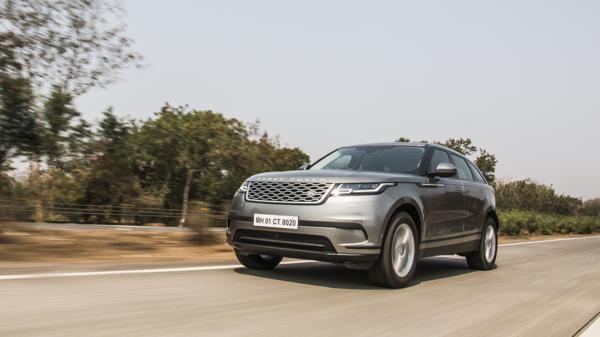
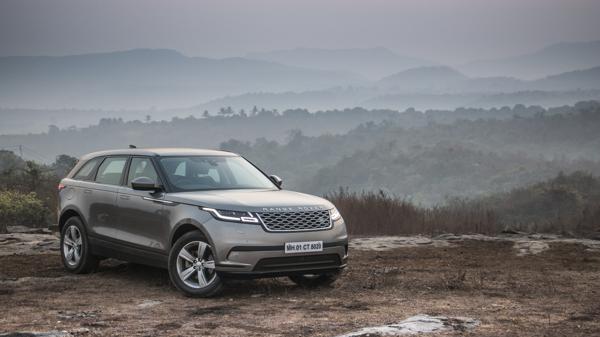
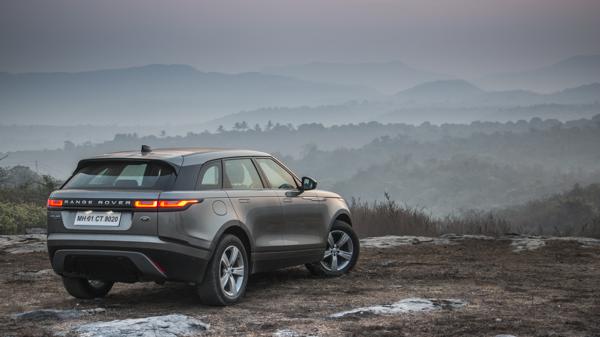
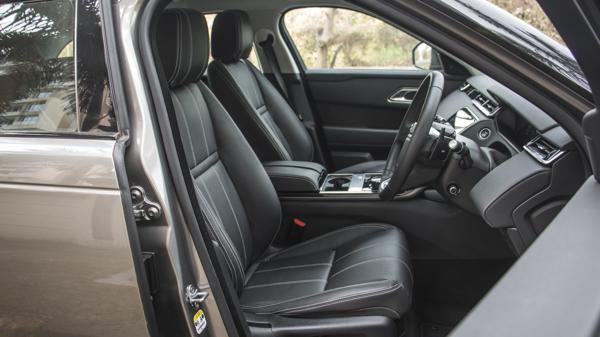
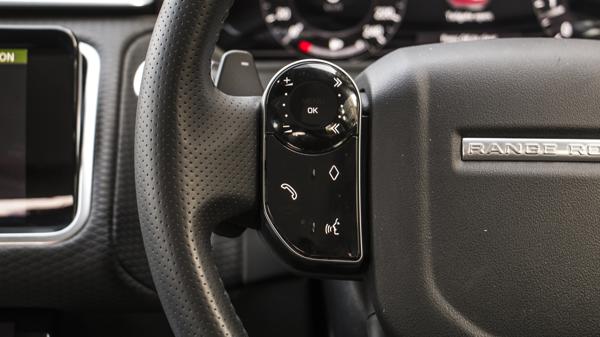
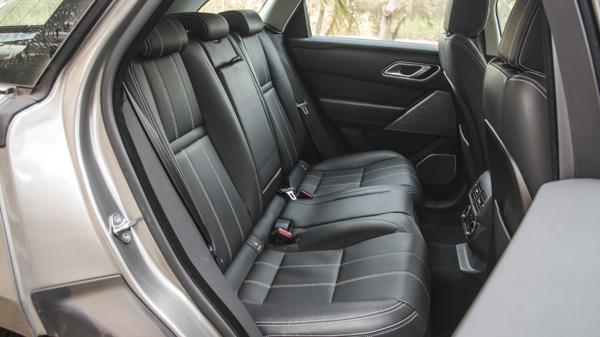

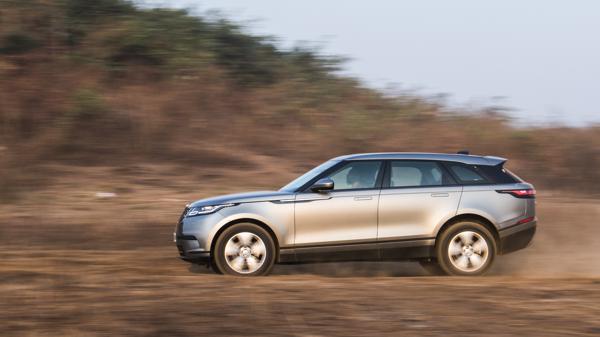
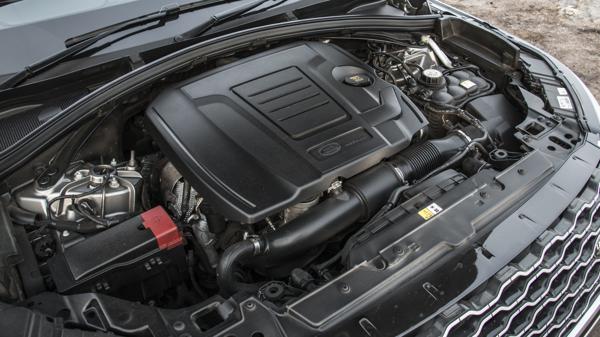
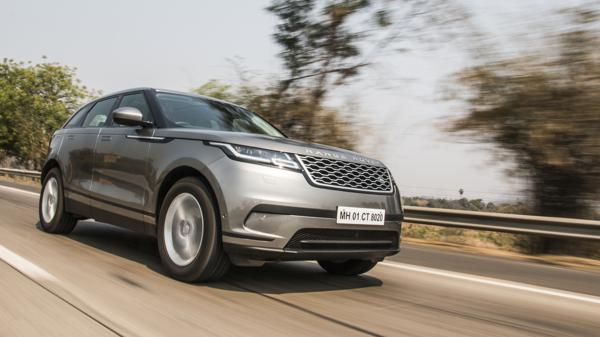
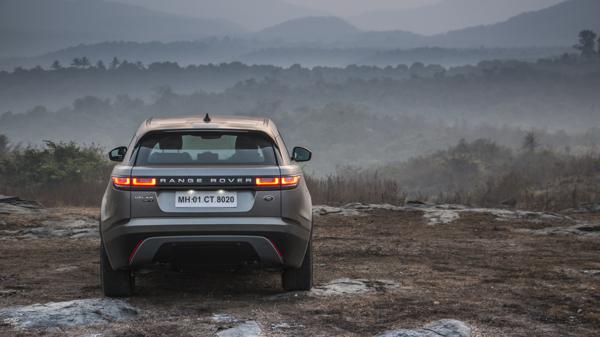
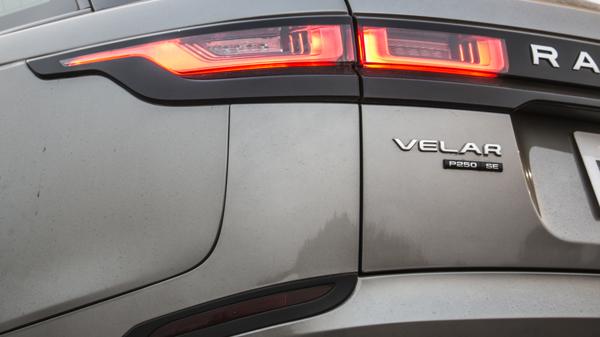
![Land Rover Range Rover Velar [2017-2023] Land Rover Range Rover Velar [2017-2023]](https://imgd-ct.aeplcdn.com/160x89/cw/ec/28085/Land-Rover-Range-Rover-Velar-Exterior-114227.jpg?wm=0&q=80)
